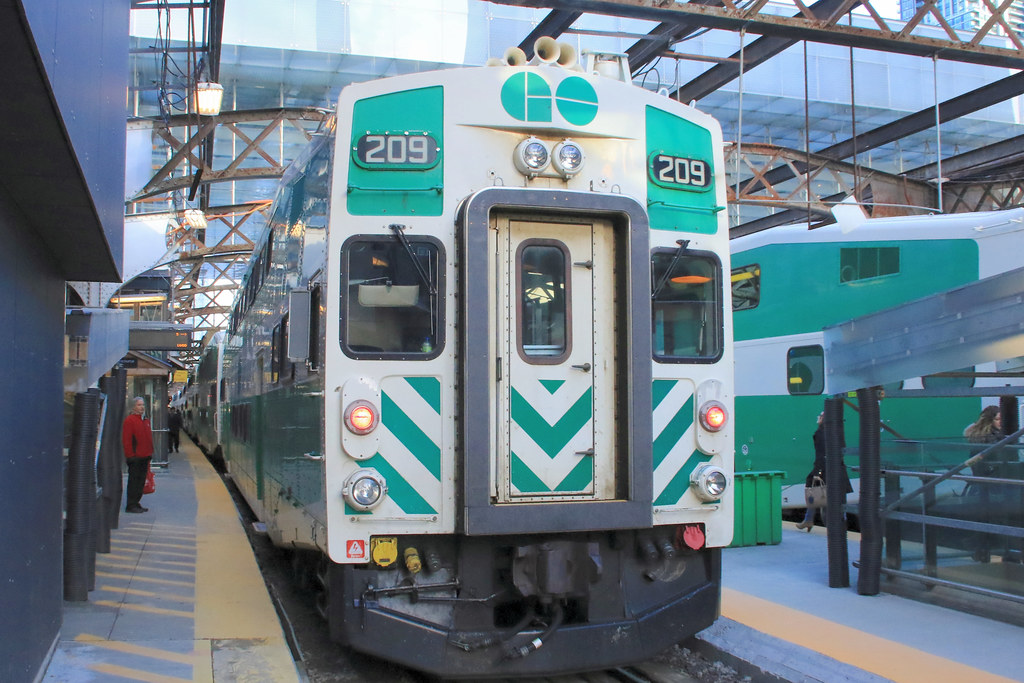
Introduction
The GO Train service in Ontario stands as a cornerstone of the province’s public transit system, providing essential connectivity for commuters. Operating under Metrolinx, the GO Train network facilitates travel between urban and suburban regions, significantly impacting daily life for thousands of Ontarians. With a commitment to enhancing accessibility and reducing congestion on the roads, the GO Train is crucial for fostering sustainable urban development.
Current Operations and Updates
As of October 2023, the GO Train service continues to expand its reach, with extended hours and new routes designed to cater to the growing population of the Greater Toronto Area (GTA). Recent reports indicate that ridership levels have been steadily increasing, with a 20% rise compared to pre-pandemic levels. According to Metrolinx, both environmental considerations and a focus on reducing travel times have led to ongoing investments in infrastructure, including station upgrades and electrification projects.
In addition to physical improvements, Metrolinx has also implemented safety measures and enhanced service schedules to accommodate the needs of commuters. The introduction of more frequent service during peak hours has been widely welcomed, while initiatives to improve accessibility are being prioritized to ensure that all residents, including those with disabilities, can utilize the service effectively.
Challenges and Future Developments
Despite its successes, the GO Train system faces several challenges, including aging infrastructure and the need for better interconnectivity with local transit systems. Recent government discussions have centered around funding for maintenance and development to ensure that the service remains efficient and reliable.
Looking forward, Metrolinx aims to achieve significant goals by 2030, including the electrification of all GO Train lines, which will reduce greenhouse gas emissions and improve travel speed. Additionally, plans are in place to extend lines further into the surrounding regions, enhancing access for commuters in areas previously underserved by mass transit.
Conclusion
The importance of the GO Train in Ontario cannot be overstated. As urban populations continue to rise, effective public transit will be critical in managing growth, reducing traffic congestion, and promoting environmental sustainability. For Ontarians, the Go Train is not just a means of transportation; it is a vital component of a broader strategy aimed at creating smarter, more livable cities. Continued investments and improvements in the GO Train system are expected to enhance its effectiveness and maintain its status as an essential part of daily commuting for many residents.



